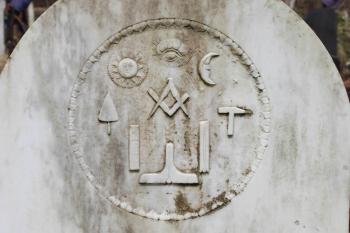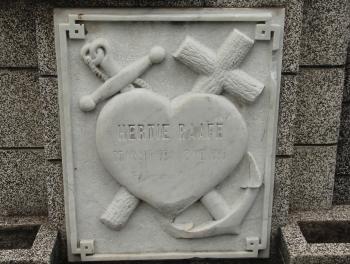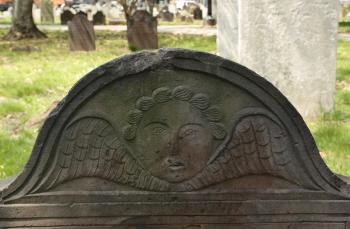Glossaries
| Term | Definition |
|---|---|
| all-seeing eye |
Traditionally, the eye is seen as the mirror of the soul, but especially as the Divine Eye. The use of the eye as a symbol is therefore older than Christianity. For example, in Ancient Egypt, the Eye of Horus symbolized protection, royal power, and good health. The right eye of the god Horus was also associated with the sun god Ra and was therefore also called the Eye of Ra. The Eye of Horus was given to deceased pharaohs in the form of an amulet to protect them in the afterlife. In the Bible the eye is used as a symbol of divine omniscience and of paternal care, see for example Psalm 34:15 (KJ): "The eyes of the Lord are upon the righteous [...]." Often the eye of God is depicted in a triangle, sometimes with sun rays. That triangle is the emblem of the Trinity or Trinity, the theological view that God is composed of three entities, the Father, the Son and the Holy Spirit. The sun's rays symbolize life force and immortality. |
| alpha and omega | Alpha and Omega. The first and last letter of the Greek alphabet. A symbol for God as the beginning and end of the cosmos. The basis for this symbolism are Christian scriptures as "I am the First and I am the last; besides me there is no God." (Isaiah 44: 6). Both letters were often used to decorate Christian graves, to indicate that the deceased had seen in God his beginning and his end. |
| anchor |
In the early Christian era it became a disguised symbol of redemption ('crux dissimulata') due to its cross shape. The crossbar ('stick') under the ring for the anchor rope gave the impression of a cross, which was concealed by the lower parts of the anchor. In Christian funerary sculpture the anchor is often flanked by fish or dolphins. Depicted in combination with heart and cross, it symbolizes faith, hope and love. |
| angel |
The angels are beings who move between God and humans. They are the servants of God, they deliver his messages to the people (angel Gabriel to Mary) and they try to assist and protect the faithful (guardian angel or guardian angel). Angels often hold flower or laurel wreaths, scatter flowers on the grave, make music or cry. Children's graves often contain small angels, which originated from the naked Cupid or Eros. However, the children's angel often wears a long, wide dress, a symbol of heavenly spheres. The wings represent the divine mission. Often the angel heads with wing pairs are depicted on the tombstone. See also cherub. An angel with a trumpet symbolizes the Last Judgment. "And He shall send His angels with a great sound of a trumpet, and they shall gather together His elect from the four winds, from one end of heaven to the other." (Matthew 24:16 (KJ))
|
| arrow | Symbol of a martyr's death and attribute of Saint Sebastian, the patron against the plague. In art, death was depicted as a skeleton shooting an arrow. Arrows can be seen in fences or entrance gates to cemeteries. |
| arum | The spotted arum, which points its flower up towards the sky, was a symbol of Mary in the Middle Ages. Probably because of his name that is reminiscent of the Biblical Aaron. Mary's aunt, Elisabeth, was of the family Aaron. The flower was also referred to as 'lily-like pointing upwards'. The flower is often processed in garlands. |




 Symbol of hope, taken from Hebrews 6:19 (KJ) "This hope we have as an
Symbol of hope, taken from Hebrews 6:19 (KJ) "This hope we have as an  Victoria, the ancient winged goddess of victory, became an
Victoria, the ancient winged goddess of victory, became an